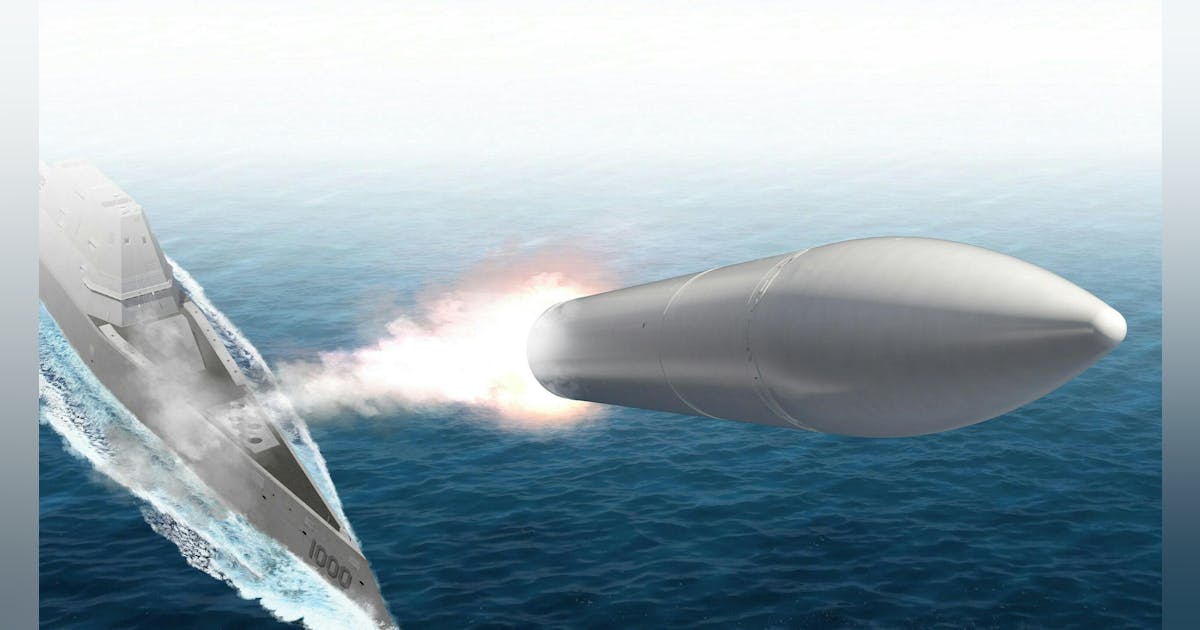Navy Enlists Draper Lab for Advanced Guidance Systems for Hypersonic Missiles
On March 28, 2025, the U.S. Navy’s strategic weapons division sought innovative navigation and control solutions for its next generation of hypersonic missiles intended for deployment from naval vessels. They turned to the Charles Stark Draper Laboratory, a long-time collaborator specializing in navigation and guidance technologies.
Recently, the Navy announced a contract worth $308.3 million awarded to Draper Lab, focusing on Conventional Prompt Strike (CPS) inertial navigation systems. This contract encompasses tasks such as navigation measurement, flight testing support, Global Positioning System (GPS) application development, and electro-optical alternate navigation, guidance, and reentry subsystems.
Hypersonic Missile Specifications
The Conventional Prompt Strike (CPS) system, developed by Lockheed Martin, is designed as a boost-glide hypersonic missile. It features a two-stage solid rocket motor, a hypersonic glide body, and utilizes a kinetic-energy warhead. Hypersonic missiles can achieve speeds exceeding five times the speed of sound, roughly translating to about 3,800 miles per hour. This immense speed enables the projectile to neutralize targets using sheer kinetic energy rather than explosive payloads.
Military officials indicate that the CPS will be fired from Zumwalt-class destroyers and Virginia-class attack submarines, targeting high-value, mobile, and time-sensitive enemy assets. The operational debut of the CPS is expected as soon as 2028 aboard Virginia-class attack submarines.
Launch Systems Overview
The Zumwalt-class destroyers—USS Zumwalt (DDG 1000), USS Michael Monsoor (DDG 1001), and USS Lyndon B. Johnson (DDG 1002)—are equipped with sophisticated onboard computers and networking capabilities. Their primary mission is land attack, supplemented by secondary roles in surface warfare, anti-air operations, and naval gunfire support.
Draper Lab has a well-established history in delivering guidance systems for U.S. military applications, including designing celestial and inertial navigation systems for the Trident II submarine-launched ballistic missile. This commitment extends into upcoming projects, such as the next-generation guidance system for the Trident II and potential participation in the new Sentinel intercontinental ballistic missile program.
Trident II D5 nuclear missiles are configured for launch from Ohio-class and Columbia-class submarines, as well as from the British Royal Navy’s Vanguard-class submarines.
Draper’s work on this contract will take place across its locations in Cambridge, MA; Washington, D.C.; Albuquerque, NM; and Huntsville, AL, with project completion anticipated by September 2029. For more details, visit the Charles Stark Draper Laboratory or the Navy Strategic Systems Programs office.
About the Author: John Keller is the Editor-in-Chief of Military & Aerospace Electronics Magazine and has provided extensive coverage of military, space, and commercial aviation technologies since 1989. He has been the chief editor since 1995.
For the original article, click here.













